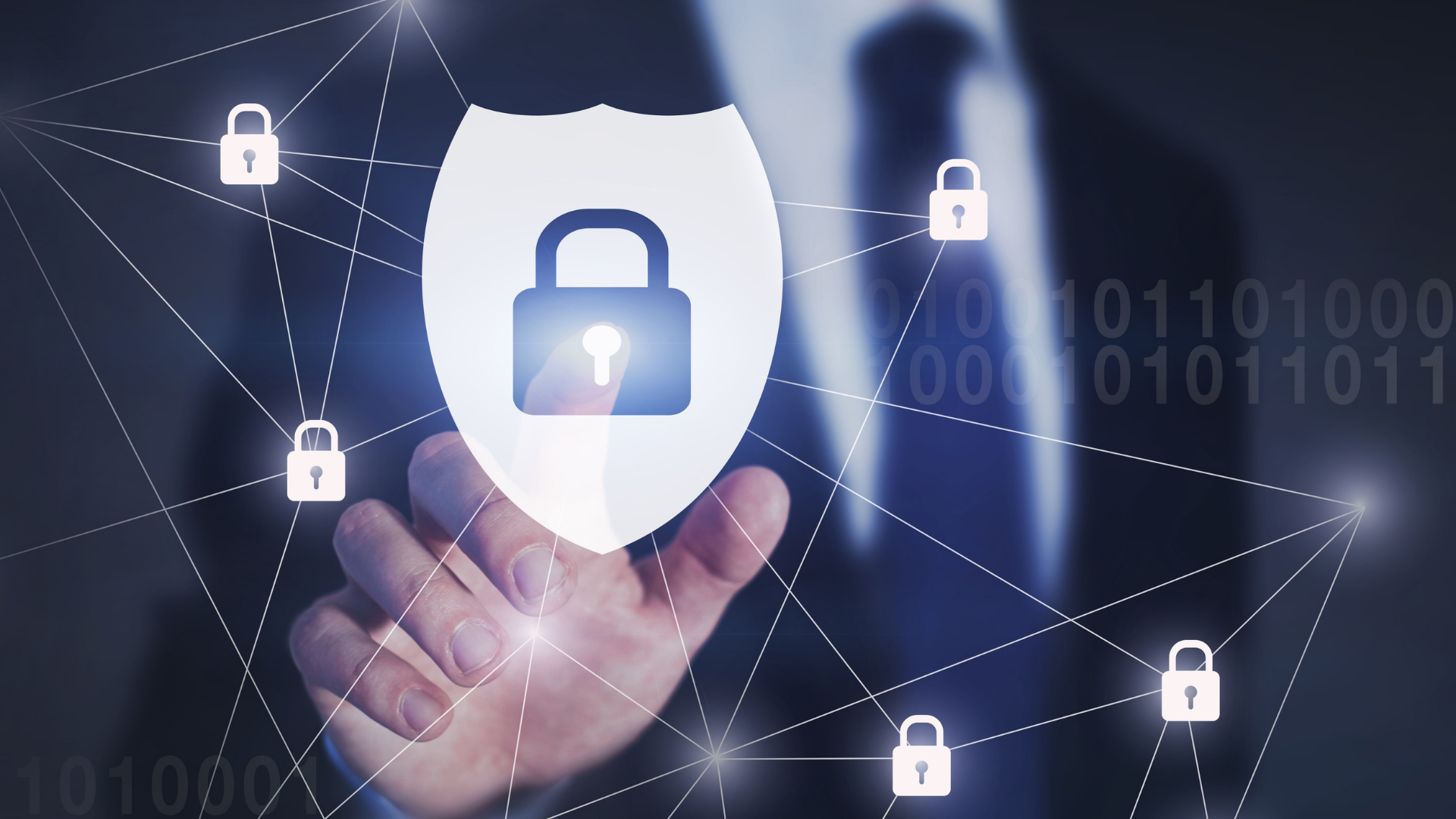
Public safety agencies are built around readiness — the ability to respond quickly, effectively, and confidently when it matters most. Increasingly, that readiness depends on technology. From connected vehicles and body-worn devices to cloud-based dispatch and digital evidence systems, nearly every tool used in modern response operations relies on a secure, connected network.
As a result, cybersecurity has become inseparable from operational continuity. A system outage or breach no longer just affects data — it can disrupt emergency response, compromise communications, and jeopardize community trust.
Cybersecurity is not an IT problem to be solved; it’s an operational function that must be managed, tested, and prioritized alongside every other mission-critical capability.
Cyber Threats Now Reach the Front Line
In recent years, cyberattacks on public safety and government networks have surged — targeting 911 systems, CAD servers, and even vehicle communications networks. These incidents have moved from data theft to operational disruption.
For public safety, the consequences are immediate:
Lost situational awareness when dispatch or mapping tools go offline
Delayed response when communications networks are locked or compromised
Reduced confidence from the public when systems are taken down or data is exposed
Cybersecurity in public safety can no longer be reactive. It must be integrated into the very structure of how agencies plan, operate, and recover.
The Shift From IT to Operations
Traditionally, cybersecurity was managed as a technical discipline — focused on firewalls, patches, and access controls. But in a connected operational environment, where technology spans vehicles, field devices, and command centers, the line between IT and operations has disappeared.
To stay ahead of threats, agencies must take an operational approach to cybersecurity:
Leadership alignment: Treat cybersecurity as a risk to mission readiness, not just IT uptime.
Operational integration: Build security measures into deployment, training, and incident management plans.
Cross-team collaboration: Ensure IT, communications, and field operations work together to maintain secure, resilient systems.
Continuous improvement: Review cyber readiness with the same rigor as emergency preparedness drills.
This shift requires culture change as much as technology change — one that views cybersecurity as a shared responsibility across every level of the organization.
Operationalizing Cybersecurity
Turning cybersecurity into an operational function means embedding it into planning, infrastructure, and training from day one. Public safety leaders can take practical steps to make this transformation sustainable:
Design for Resilience Build systems that can withstand attack, interruption, or failure without halting operations. Redundancy, secure failover, and cloud continuity all matter as much as prevention.
Adopt Zero-Trust Principles Assume no user or device is automatically trusted. Authenticate, verify, and monitor continuously to reduce exposure and limit the impact of breaches.
Prioritize Endpoint Security Every connected vehicle, tablet, and IoT device expands the attack surface. Centralized management and regular updates are essential.
Train as You Operate Cyber awareness should be part of operational training — not a one-time IT briefing. Field personnel must know how to identify and respond to threats that occur mid-operation.
Plan for Recovery Cyber incidents should be included in continuity and emergency response exercises, ensuring operations can adapt quickly under real-world conditions.
Cybersecurity and Public Trust
Beyond systems and software, cybersecurity is now a cornerstone of public confidence. Communities expect emergency services to be not only fast and effective, but also trustworthy with their data and communications.
An agency that invests in secure, resilient operations demonstrates professionalism, accountability, and preparedness — all of which strengthen relationships with the public it serves.
Cybersecurity, in this context, is about protecting both the mission and the integrity of public safety itself.
How PEAKE Supports Secure, Connected Operations
At PEAKE, we view cybersecurity through the lens of mission continuity. Our solutions are built to keep agencies secure, connected, and operational in any environment — even when systems are under stress.
We deliver:
Secure, hardened communications systems that provide reliable connectivity for vehicles, command centers, and field units.
Zero Trust solutions integrated into your communication ecosystem.
Integrated network security and management to reduce vulnerabilities, monitor performance, and maintain uptime.
Lifecycle support and managed services that ensure systems stay current, compliant, and resilient against evolving threats.
By combining operational expertise with secure technology design, PEAKE helps agencies build a foundation where connectivity and cybersecurity work together — supporting real-world missions without compromise.
The Road Ahead
Cybersecurity in public safety will continue to evolve — not as a technical specialty, but as a pillar of operational excellence. Agencies that embrace this shift will not only reduce risk but strengthen their ability to serve their communities with confidence.
Treating cybersecurity as an operational function ensures that every response, every communication, and every decision is supported by systems that are both connected and protected.
And for public safety, that’s what readiness truly means.
